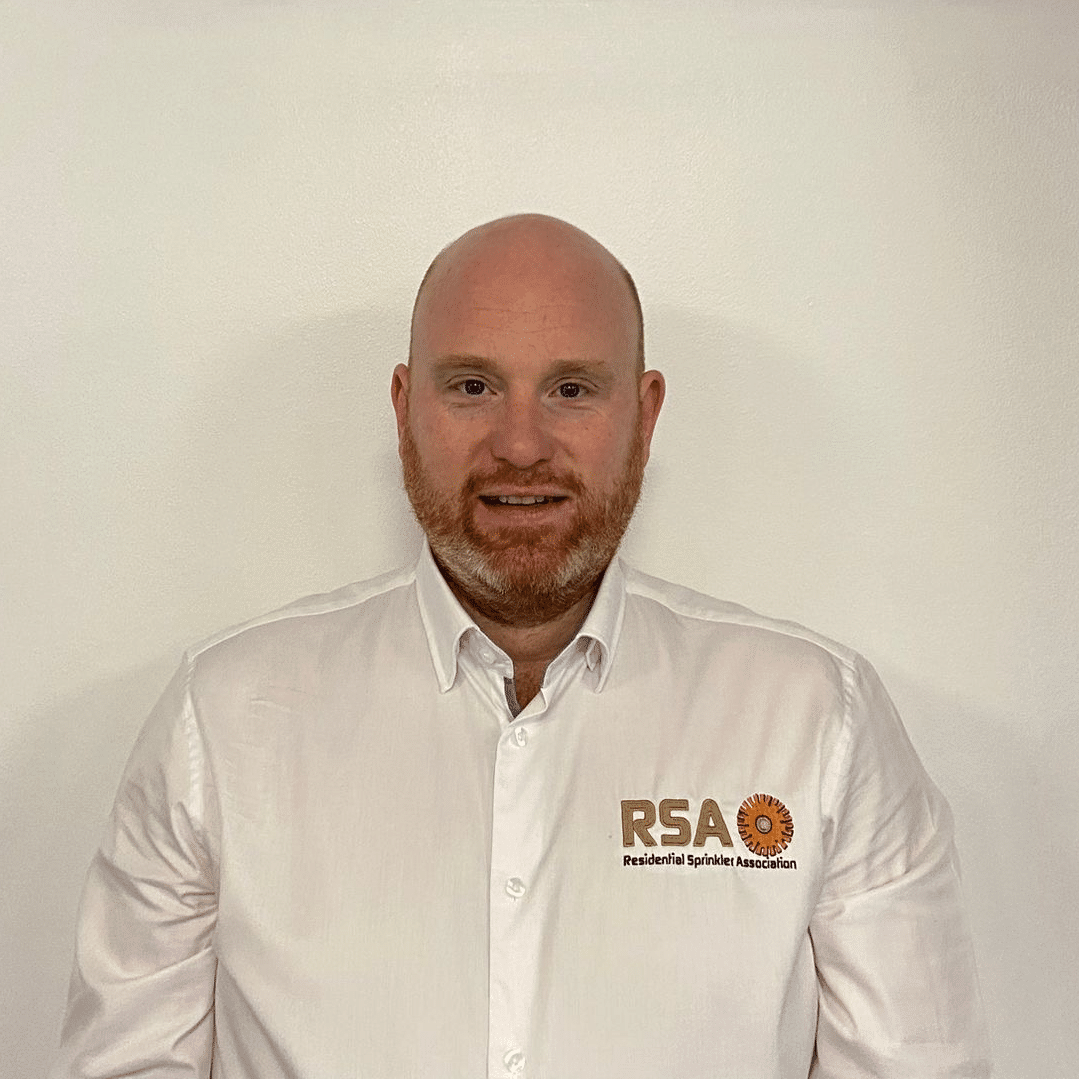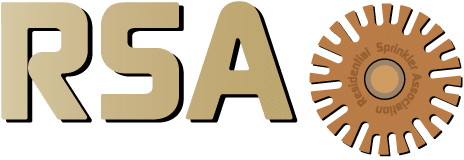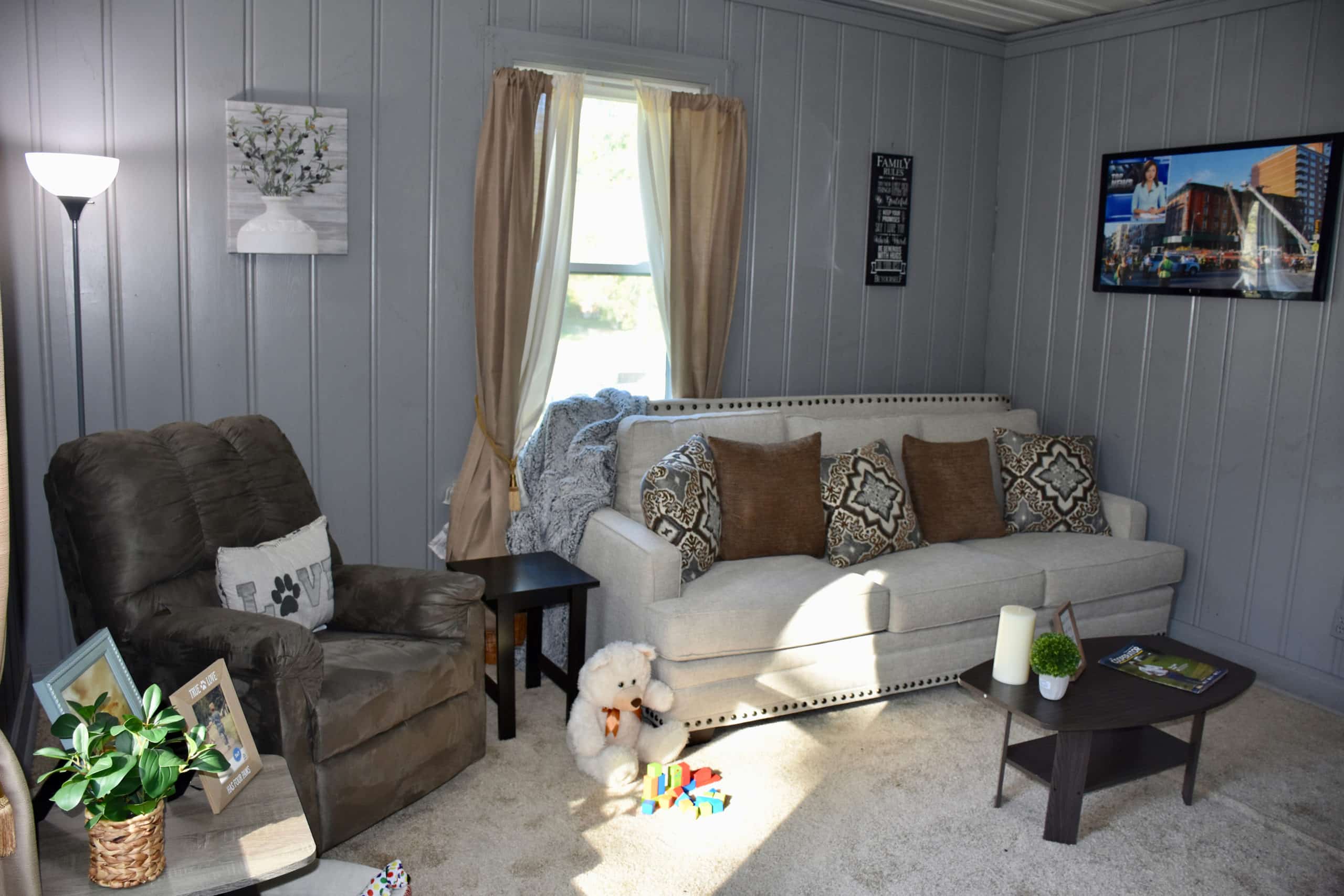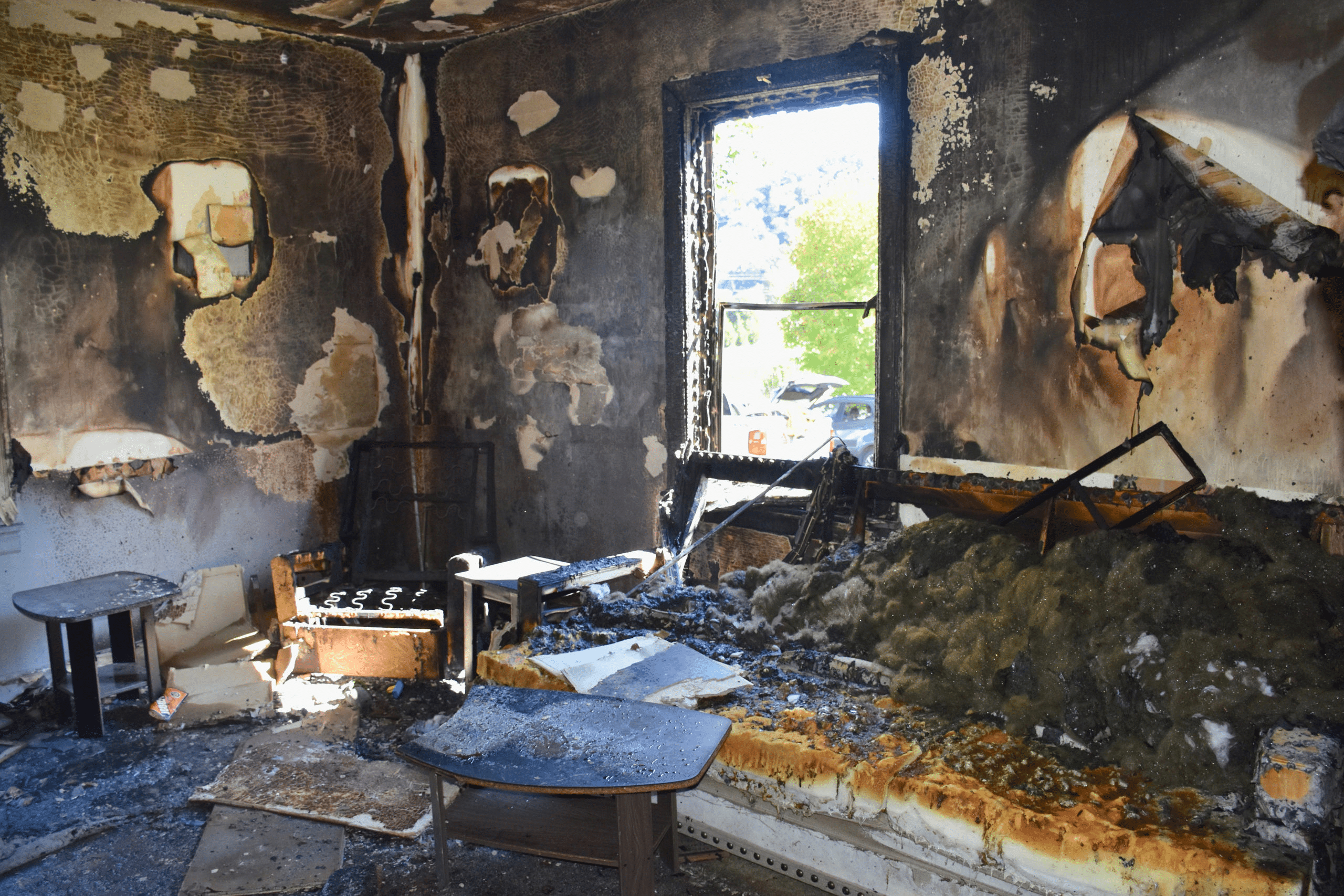Our Mission
"To provide support facilities to the Residential sector of the UK Fire Sprinkler Industry in whatever manner is deemed necessary by its Membership"
Who we are
The Residential Sprinkler Association (RSA) is committed to delivering information and training, ideas and technical support to its members and every individual whose professional role demands they have a greater knowledge and comprehensive understanding of the practicalities and effectiveness of automatic fire sprinklers with a primary focus on residential and domestic properties.
The RSA is a not-for-profit organisation, managed by volunteers. We will endeavour to provide support facilities to the residential sector of the UK fire sprinkler industry in whatever manner is deemed necessary by its Membership.
We aim to deliver clear and accurate information which will provide decision makers, regulators and project leaders the knowledge to identify and specify the correct and compliant sprinkler products and systems installed to the highest standard by skilled and competent contractors.
In April 2024, the RSA completed the first and vital stage of its intention to become the training provider uniquely focussed on serving the needs of the residential and domestic sprinkler industry.
SFJ Awards has confirmed that the RSA Academy is now an SFJ Awards Approved Centre.
As a result, the RSA can offer a unique and dedicated programme of residential and domestic sprinkler installer training through the RSA Academy.
Our Committees
Executive Committee

Chair
Dean Price

Vice Chair
Steve Griffiths

Treasurer
Steve Yeomans

Secretary
Graeme Way

Head of Technical
Andrew Milham

Standards Representative
Tristan Rhodes
How we do it?
- Promote, educate, advise and lobby on the benefits of residential fire sprinklers.
- Benchmark the highest standards in the design and installation process for all member companies
- Deliver professional and relevant training to the residential & domestic sprinkler sector
- Provide information and support for Members, including training, professional development, product approvals, installation standards and certification schemes.
- Represent the UK residential fire sprinkler Industry at all levels, including new British and international standards
- Develop and support the technical case for the use of residential fire sprinklers
- Work with the Fire Service, Architects, Building Control and Housing Developers to achieve greater understanding and ensure compliance.
- Ensure all Member companies have access to a comprehensive library of current information
How fire sprinklers work
When a fire starts a plume of hot gases rise to the ceiling. If a sprinkler is present, a glass bulb or solder link gets hot and at a specific temperature (typically 68 deg C) breaks releasing the cap and allowing water to flow onto a specially designed diffuser.The diffuser breaks up the water flow into carefully controlled droplets, which penetrate the fire plume and cool the burning material to below its ignition point, thus putting out the fire.Only the sprinkler/s directly over the fire are operated – not all of them!The sprinklers are connected to pipe work, usually filled with water, which is supplied either from the water mains or from a storage tank via a pump.




